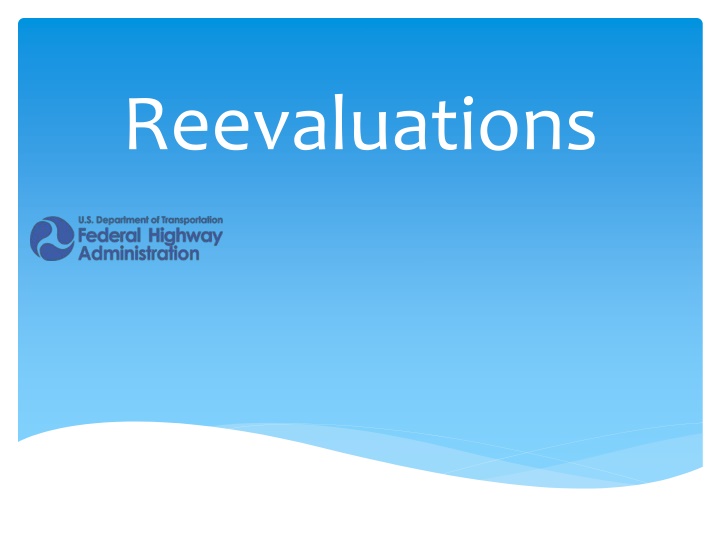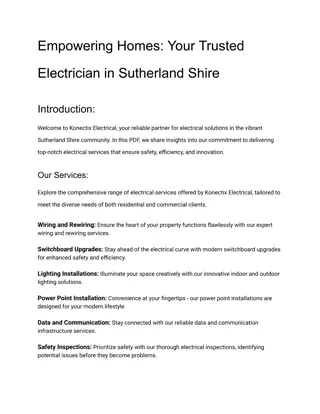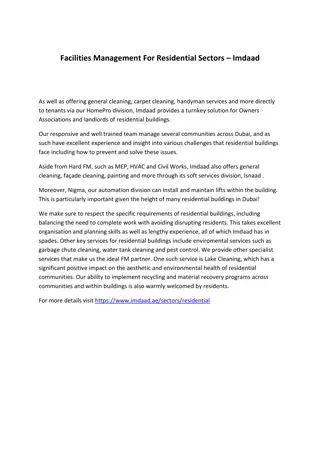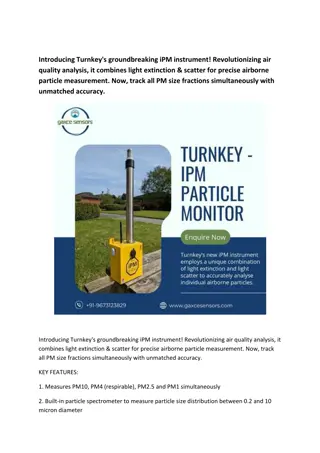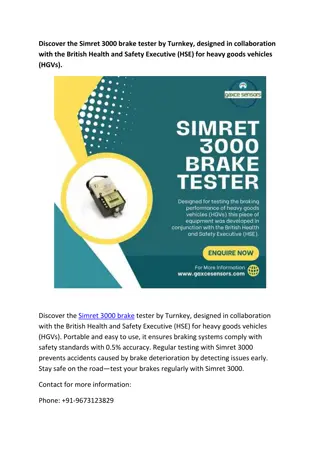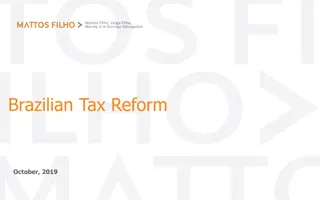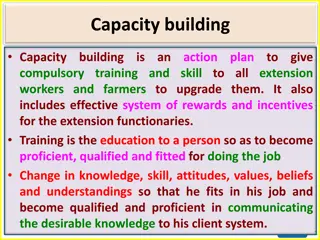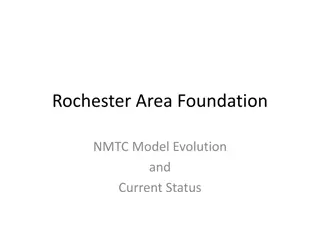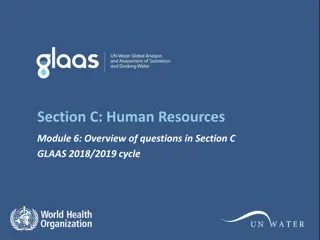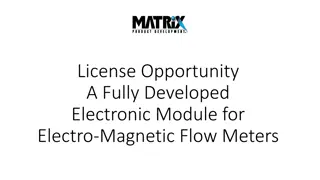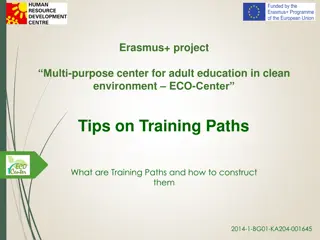NYSESLAT Turnkey Training 2019 Overview
The NYSESLAT Turnkey Training 2019 provides a comprehensive overview of the assessment for English Language Learners/Multilingual Learners in Grades K-12. It covers Speaking and Writing scoring rubrics, training of trainers activities, and key characteristics of the NYSESLAT test structure. The training aims to ensure accurate assessment of English language proficiency and appropriate language education services for ELLs/MLLs.
Download Presentation

Please find below an Image/Link to download the presentation.
The content on the website is provided AS IS for your information and personal use only. It may not be sold, licensed, or shared on other websites without obtaining consent from the author.If you encounter any issues during the download, it is possible that the publisher has removed the file from their server.
You are allowed to download the files provided on this website for personal or commercial use, subject to the condition that they are used lawfully. All files are the property of their respective owners.
The content on the website is provided AS IS for your information and personal use only. It may not be sold, licensed, or shared on other websites without obtaining consent from the author.
E N D
Presentation Transcript
What is a reevaluation? Reevaluation If reevaluation concludes original NEPA decision or document deficient/not valid NEPA document new NEPA document required 2
When must a reevaluation be completed? Prior to requesting FHWA approval to prepare final design, to acquire right-of-way, utility authorization, or to proceed to construction 2 year expiration date of environmental document: If a project has been delayed in a phase for longer than 2 years with no continuing movement, a reevaluation should be completed to validate the impacts Written evaluation determines if changes warrant Supplemental/Addendum to environmental document 3 23 CFR 771.129(c) 23 CFR 771.129(a)
When must a reevaluation be completed? Considers changes in project setting, circumstances, scope, or impacts Changes that affect the basis of the original environmental decision or affected resources 4
What is the scope of analysis for a reevaluation? Analysis should focus on & be commensurate: With any changes in design or scope of project, New or modified laws & regulations, Circumstances or project area changes, or New information on project impacts since last environmental decision document (CE, FONSI, ROD) 5
What is the scope of analysis for a re- evaluation? Analysis of change or new information: Cannot re-evaluate project purpose or alternative not evaluated in original NEPA decision Could relate to NEPA process specifically, or Could entail compliance with other environmental requirements or laws for consultation or consideration 6
What is the scope of analysis for a reevaluation? Changes or new information may be limited to one part of a project s footprint (i.e construction section) Focus on a specific project location appropriate Analysis needs to validate entire NEPA decision 7
How should reevaluations be documented? A reevaluation should include: The identification of changes in: project scope, applicable laws or regulations, project study area, & resulting impacts (beneficial and/or adverse)on project entirety Reach a conclusion or determination 8
How should reevaluations be documented? Simple - standardized checklist, or Comprehensive - multi-page document complete with attachments 9
What are possible reevaluation conclusions? Original document/decision still valid because . . . no changes have occurred, scope and/or impacts, and new review requirements were considered in prior environmental documentation, or changes occurred or errors found are non-substantive 10
Reevaluation conclusions Or, the original document/decision no longer valid & requires a new document/decision because . . . Substantive changes have occurred that result in impacts or alternatives not previously considered, or New requirements in statute or regulation; or Changes in mitigation commitments; or Substantive errors or omissions in environmental analysis & documentation 11
